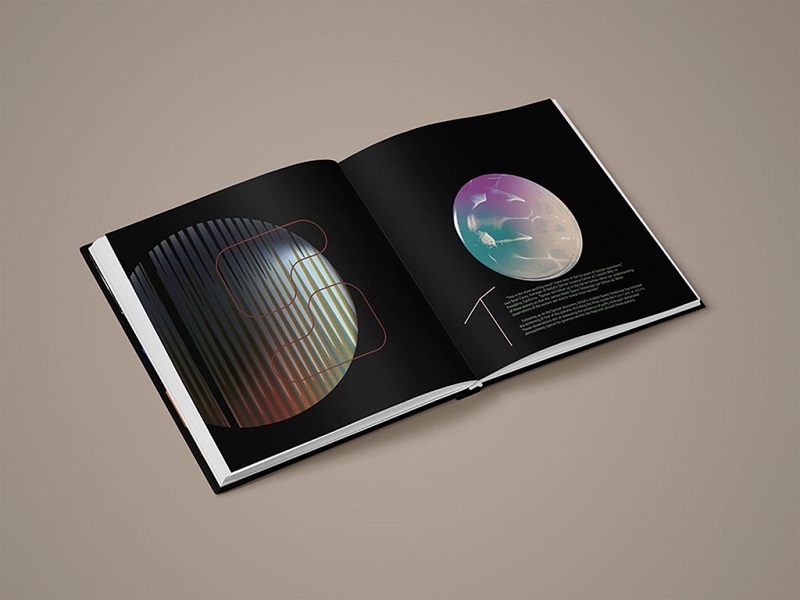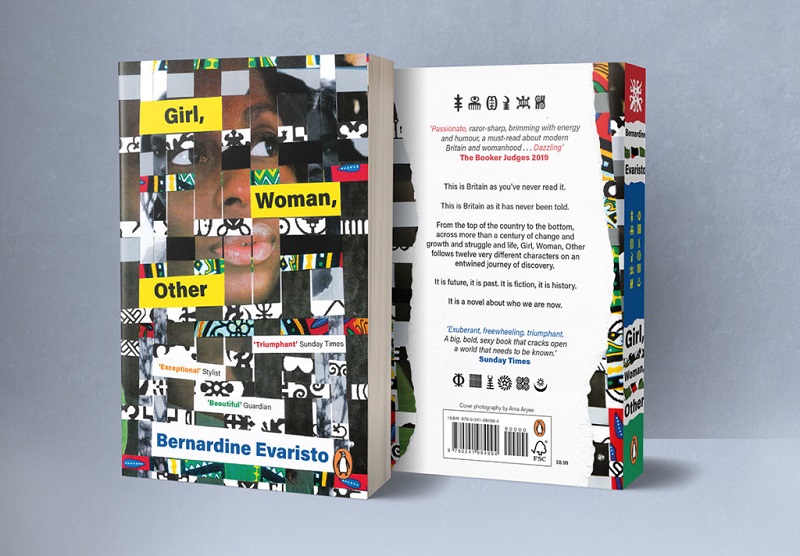Senior Lecturer - Graphics & Illustration
Faculty of Arts, Science and Technology

Graphic Design BA (Hons)
Key Facts
-
UCAS Code
BA: W210
BA with Foundation: W211 -
Level
UndergraduateUG BA (Hons)
-
Duration
Full Time: 3 years
Full Time Foundation: 4 years -
Starting
September
-
BCC at A-Level or,
DMM at BTEC -
Full Time: £9,535
Integrated Foundation Year: £9,535 -
Full Time: £15,700
Integrated Foundation Year: £15,700 -
Waterside
Updated 14/04/2025
Updated 14/04/2025
Get in touch
For questions regarding study and admissions please contact us:
UK STUDENTS ENQUIRIES
study@northampton.ac.uk
0300 303 2772
INTERNATIONAL STUDENTS ENQUIRIES
This course is subject to validation for September 2025.
The University of Northampton’s Graphic Design BA explores the communication of ideas and messages to diverse and evolving audiences through a dynamic range of media that highlights the potential of what design can achieve.
Studio culture is at the heart of the Graphic Design degree, naturally fostering the creativity, collaboration and debate that inspire personal perspectives on design. Students experiment with a range of traditional processes and emerging technologies to challenge established conventions of image-making and meaning.
Through engaging with real-world problems, social issues and commercial scenarios students develop critical, reflective and professional skills that will prepare them for the ever-changing creative industries.
The course covers everything from digital media software to traditional craft skills, such as print making, 3D and photography, ensuring you are well-prepared to enter the creative industries as a versatile and competent designer.
Highlights
- On the Graphic Design BA, you will have access to specialist resources, regular guest lecturers and industry contacts
- There will be valuable opportunities to work with live commercial briefs, as well as taking part in international competitions, and social impact initiatives.
- Several of our Graphic Design students have either been shortlisted or have gone on to win international design competitions, such as Penguin Cover Design Award, and D&AD New Blood awards.
- You will have a dedicated Graphic Design studio for course members with access to MacBooks, creative software, cameras and lighting kits, sound and print facilities.
- There is high-quality teaching from experienced practising designers and educators.
- You participate in social design projects., and work-based learning through live commercial projects with a real focus on your future career, with employability modules in all years of the course.
- Work based learning through live commercial projects with a real focus on your future career, with employability modules in all years of the course.
- You can access an exciting programme of study trips and cultural visits.
- There are technical support and specialist workshop demonstrations.
- As course members you will receive regular feedback and insights from industry professionals.
- There is a guaranteed paid internship with the Northampton Employment Promise.
- HP Laptop and software included with this course, see Eligibility criteria and Terms and Conditions.
Entry Requirements
For A-Level students, we typically offer places to those who achieve BCC. For those studying BTEC or Cambridge Technicals, a DMM is generally required. T-Level students should have achieved a Pass with grades C and above.
We welcome applications from those with a mix of A-Level and BTEC/Cambridge Technical qualifications, as well as those holding a Foundation Diploma in Art and Design.
Course Content
Fees and Funding
2025/26 Tuition Fees
Fees quoted relate to study in the Academic Year 25/26 only and may be subject to inflationary increases in future years.
- UK – Full Time: £9,535
- UK – Integrated Foundation Year: £9,535
- International – Full Time: £15,700
- International – Integrated Foundation Year: £15,700
Fees quoted relate to study in the Academic Year 2025/26 only and may be subject to inflationary increases in future years. UON will adjust UK fees annually in line with Government Policy.
Staff
Careers and Employability
A Graphic Design BA degree can open up your career options. You will not be limited to one specific type of role, but rather be able to pursue numerous career paths. Our Graphic Design graduates use their design skills to work in:
- Branding
- Advertising
- Illustration
- Editorial and Publishing
- Digital moving image
- Typography
- Interactive design
- Online, social media and app design
- Packaging design
- Photography
- Information design
Throughout your time on the course, as well as post-study, we offer support to ensure you receive the guidance and information needed to succeed in your field of work.
Master’s Opportunities
The University of Northampton’s master’s courses are a great way to enhance the skills you have already learnt. Benefit from our 20% alumni discount on master’s fees to give yourself a CV that will catch the eye of employers.
Facilities and Special Features
When you study BA Graphic Design at the University of Northampton, you will enjoy access to a number of different facilities and services to help you in your studies, including;
- Large specialist studio spaces with dedicated access to Mac-books, digital cameras, lighting kits and sound recording equipment.
- Additional iMac design suite
- Subsidised digital printing
- Printmaking facilities and professional photography studios with controlled lighting studios
- Video editing suites
- Free Adobe Creative Cloud software account for your duration on the course

















